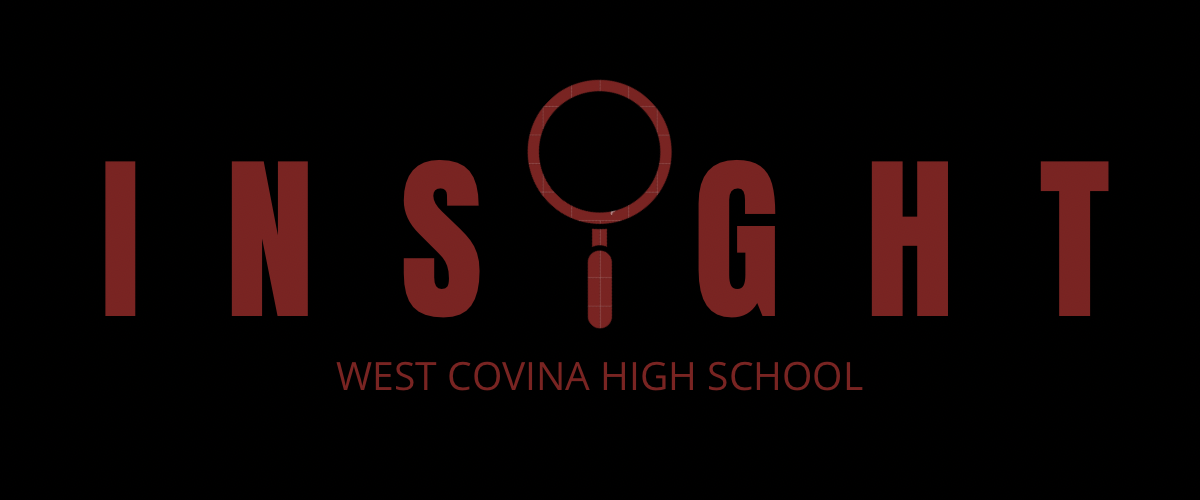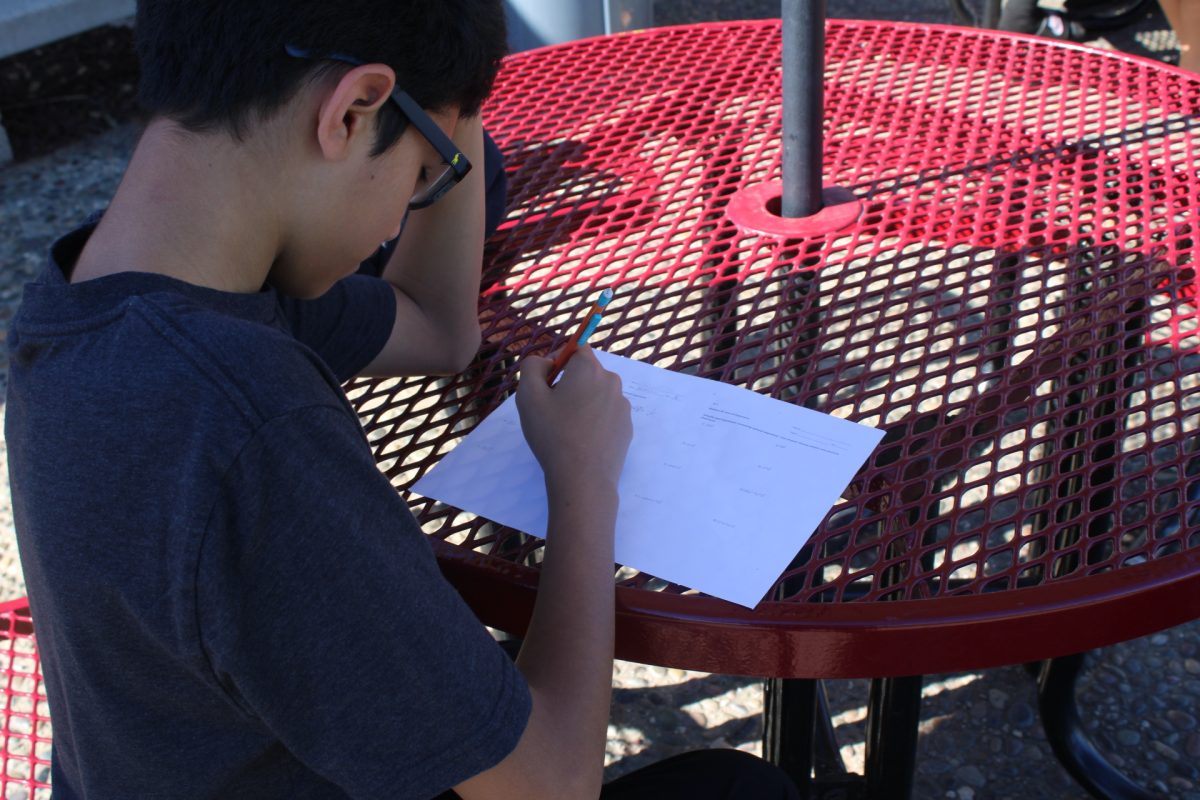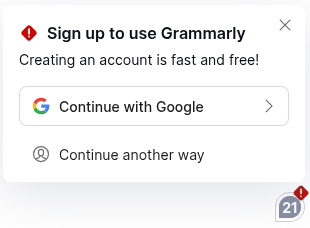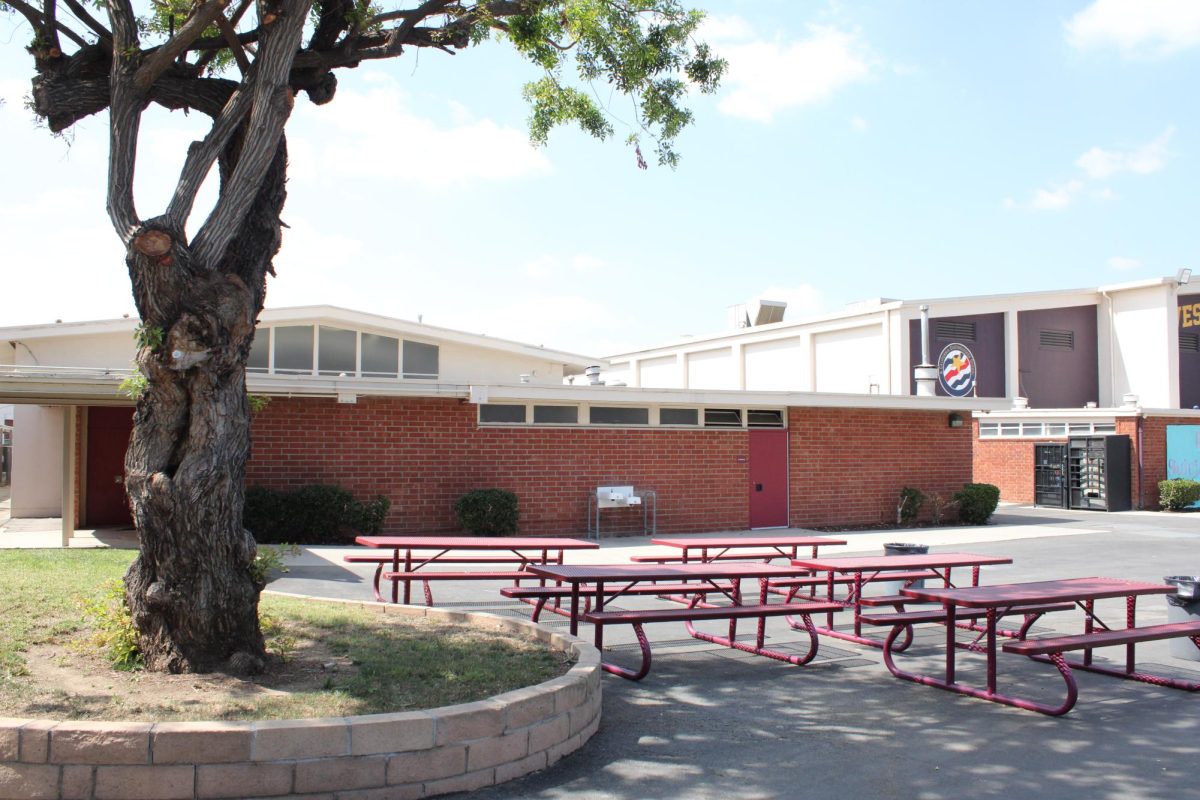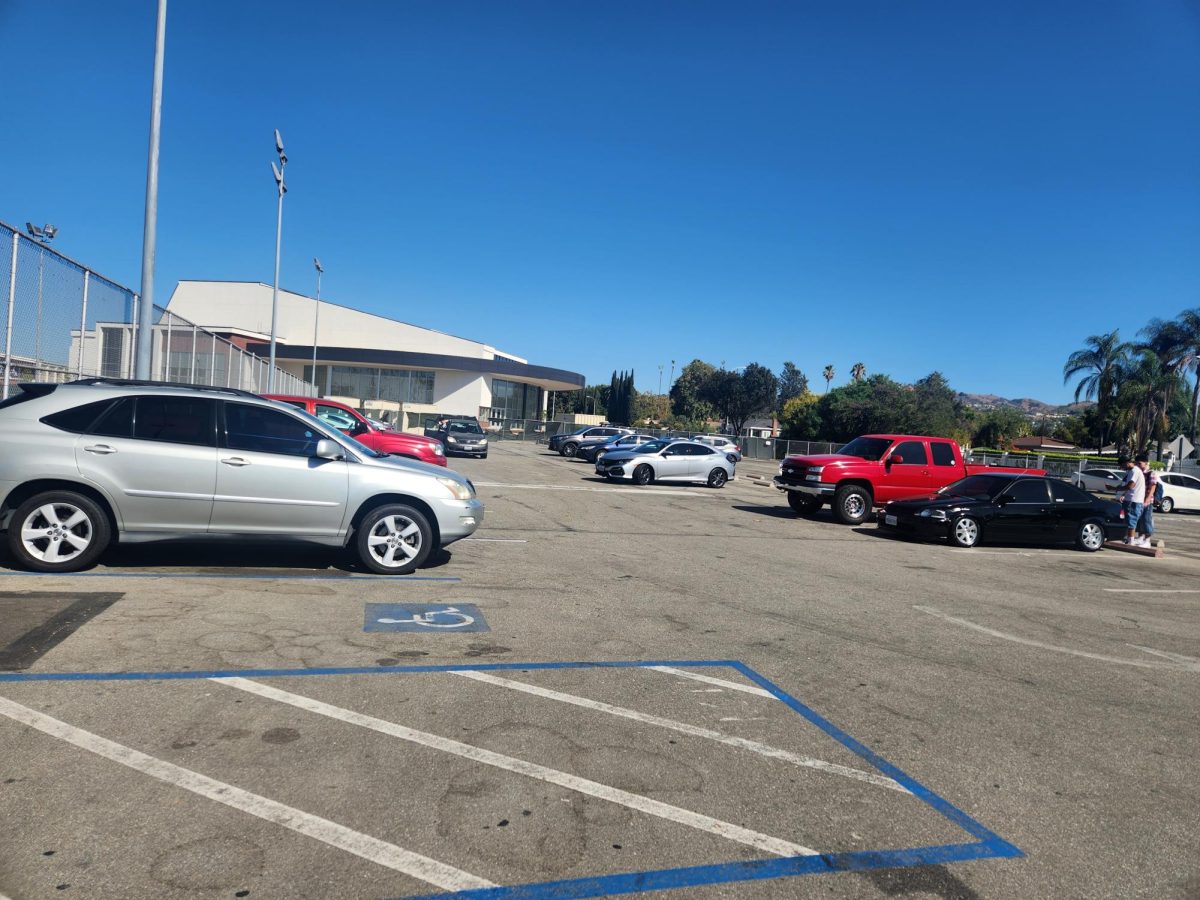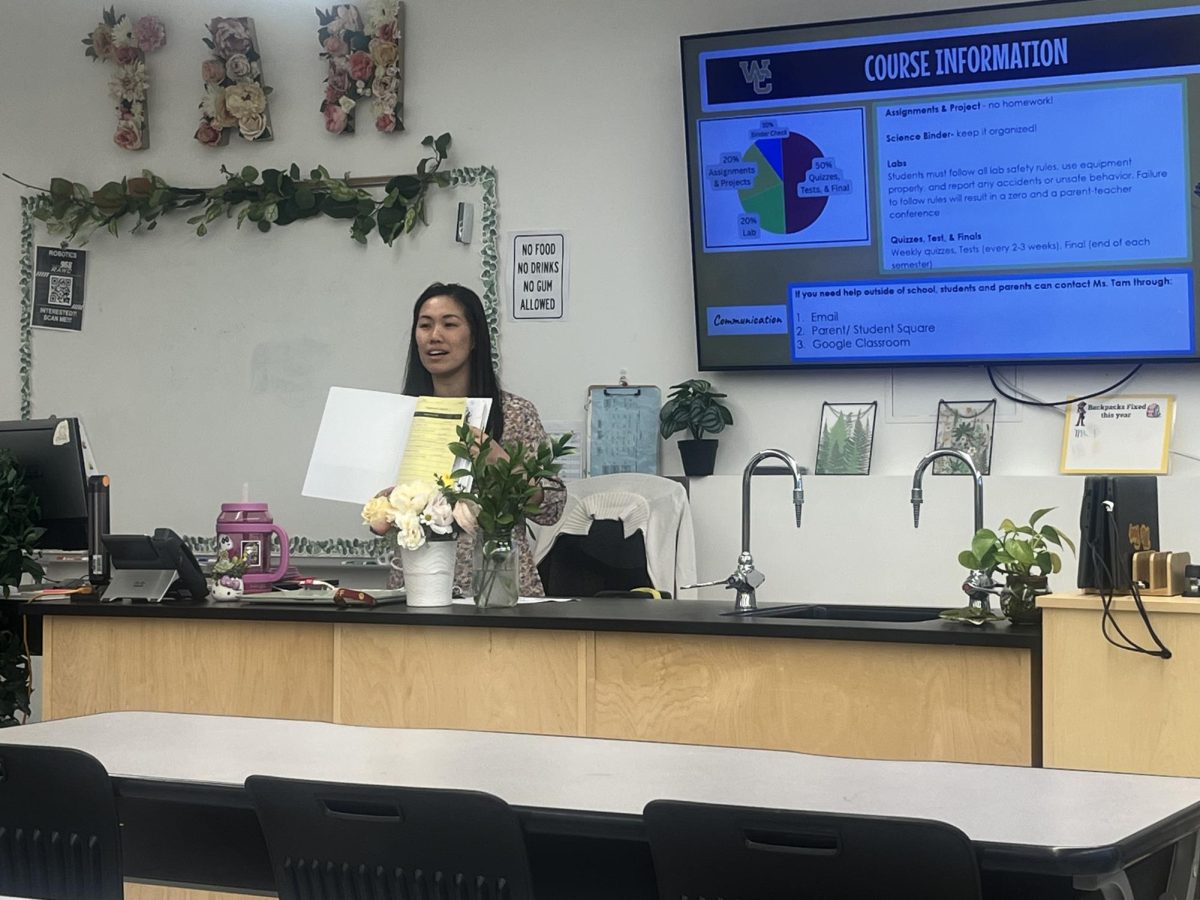Students face academic challenges like tests and projects; it’s common as students grow up. In the past, many students would try to find help from teachers, work hard to figure it out themselves or get help from parents. But now, many students find themselves resorting to artificial intelligence (AI), not wanting to trouble themselves with work or learning the material, which leads to dishonest and unproductive students through scanning problems, relying on AI and not connecting through teachers.
This, coupled with the fact that school work can very easily be completed with the use of AI, leads to students not seeing purpose towards actually putting effort into their assignments, favoring the AI to help them with difficult problems.
“I resort to it if I don’t know what I need to do, so I have AI trying to help me out,” senior Vincent Le said.
Though students decide to use AI, they can see the flaws and drawbacks of using it too much. Even with this knowledge, when a problem becomes too hard, students rely on AI apps that can scan problems and provide multiple answers.
“But if I don’t know the question, I usually use the Gauth to help me,” sophomore Susie Hsu said.
If that continues, there can be even more problems such as overreliance on AI as a result of it being students’ primary use of completing assignments.
AI has been used by many students, though many don’t admit to it. According to College Board Newsroom CBN, the company that created the SAT and serves out up to date information, 84% of students in high school use generative AI for school work. When interviewing students, the data lines up.
“Like five times a day or less, but mostly five,” Hsu said, responding to a question on how often she uses AI.
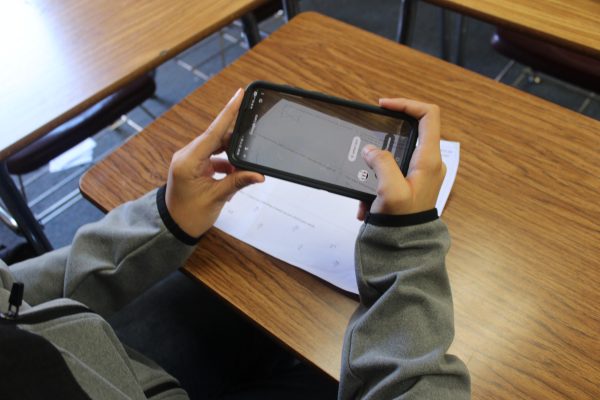
There are certain assignments that cannot be completed by using AI. Some work like math and English are done in class where phones and generative AI are not allowed, or tests when AI use is definitely not permitted. In response to this, students find that AI is not as useful as they thought because of how it gives you the answer immediately.
“I think that because using AI for like, all your assignments is like, in the long run, it’s not going to help you out with much,” junior Isiac Calvillo said.
Some other examples of the negative drawbacks of AI that are already happening are students falsely accused of using AI and our future generations being affected through the continuous use of AI.
Students who use AI to complete assignments fail to comprehend the material, as a teacher isn’t present to actually help them with their specific needs. According to Harvard Graduate School of Education’s article “The Impact of AI on Children’s Development,” AI can simulate some educational interactions, but it cannot fully replicate a deeper engagement, something a teacher could provide rather than AI.
For some students, AI doesn’t look to be a big problem, but if the continuous use of AI keeps going on, the use of AI will become more problematic which results in the making of students that can’t go one day without using AI on work they could complete themselves, leading them to search for answers they could have completed on their own had they put time into it.
“If I already know them, then I just honestly search up the answers,” Hsu said.
Through the continuous use of AI, students who regularly use it will eventually find themselves not doing work for its intended purpose, learning. They would rather favor AI and use it as a teacher than get help from the teacher in class. All of this can lead to unproductive students who see work as nothing more than an easy grade.

